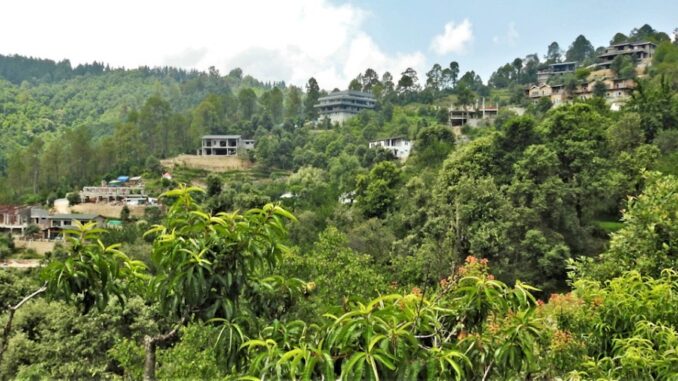
Uttarakhand has an infection spreading through the mountains. It is not new, but it is intensifying. Someone you know or someone they know might unknowingly be a carrier. Its symptoms are gashes in the middle of villages, as whole mountain sides are taken over by real estate projects. The irony is that many of these houses are being built for people who want to seek the peace and quiet of the mountains.
This is not the only infection ravaging the Uttarakhand mountains. It may not even be the worst since there are several competitors: big dams causing floods, four-lane highways for pilgrims on foot, forests made of a single species.
How did we get so upside-down, and where might we find balance?
This gated colony infection, or VIP housing, as many mountain people call it, hits home the closest. Ubiquitous through the state of Uttarakhand for the past two decades, it has considerable scale. The cumulative effect of many rich urban households taking the same decisions. These are often the result of aspirations and trends that are clearly understood by developers/builders/contractors. Mostly, the owners want everything taken care of, so they can just shift in.
Big mistake. Beware of suave developers/builders who say all the right things, plant a native tree or two, and keep you at a safe distance from all the harsh realities of the process…
People around the Seetla, Chatola, Mukteshwar area share how developers/contractors are throwing their weight around because so much money is involved. Big cement structures are very thirsty creatures. What follows are dips into fragile common resources like spring water for construction, altering the flow of forest streams to capture water before it reaches the village, in the middle of a drought. Construction debris is thrown into village commons or allowed to slide down into forests below. The local economy is impacted. The silence is disturbed by machines, and working late into the night. The migrant labour is not provided facilities and encroach on common land. FIRs are lodged against locals to threaten them, with the support of thugs and politicians.
A local farmer commented, that the contractors do not live in the village, they do shoddy work and move on like locusts to the next place, leaving ill-feelings between local and ‘baharwale’. Will people with second-homes constructed in this way ever take the time to repair the damage to ecology and trust? The ill-feelings build up till there are two parallel worlds.
This is not to put anyone down, or to get kicks out of pointing out the obvious. In fact, let’s get some of the obvious out of the way. People want to exit the hell-hole our cities have become. Delhi was once a blessed land with the Yamuna meeting the Aravallis creating a mosaic of flood-plains, rocky hills, wetlands, and forests. We did something to the picture, and now we want to move to the Himalayas.
The mighty Himalayas, immense, untouchable, except by puffy clouds that softly tickle those sheer faces. They shed tears into those mighty rivers that carve for themselves a way to the vast flood-plains. A healthy, strong people, working hard in high mountains to make a living. The Himalayas are beautiful not merely because of clouds and rivers, but because of their inaccessibility to the plundering infectious culture that is now making its way deeper and deeper into their vast folds.
The VIP houses come with aggressive territoriality unfamiliar to mountain culture. Suddenly individual homes have spike-studded high walls, colonies have unfriendly looking barbed wire fences and huge cement walls. Tarred roads lead all the way upto the doors of homes, and giant 4-wheelers takes up more space than village homes. The mountains cannot carry this footprint.
Just next to urban monstrosities built in the vulnerable Himalayan eco-system, we see the architecture of the village. There are old meandering village pathways the width of two people and a cow, tucked between hedges of beautiful flowers. These paths go around and even through households sometimes, where animals, birds and humans flit through, aware of the important boundaries in their minds and in their movements.
The locals who sold the land, those who are still around, can no longer afford to live here except by being employed as care-takers, cleaners, drivers, handy-men. This is force-fitted by the new owners into a narrative of ‘generating employment’. The original inhabitants just take it as an ironical twist of fate.
This a conflict of cultures rather than regions. Many locals are swayed by the flashy lifestyle of the tourists. Others are ready to leave farm work because the forests and streams they need to support their fields have been plundered. Mountain farming is slowly dying. But as one culture replaces another, can we not keep some of the old wisdom? Maybe make minimal tweaks in the old way of life instead of copy-pasting our culture that consumes places and eventually itself?
Many of the VIP houses make it a point to be larger than village homes, and larger than the other VIP houses that came before them. They jostle for the most commanding view, casting huge shadows on the village below. They stand like predatory birds of steel and cement and glittering glass, dominating the landscape. What is left of the village must now live under this shadow.
The colonising urban crowd grab more than their share in every way. Actually, they don’t even think of what might be a fair share. The demand for water, during construction and subsequently, is so high that it can dry up perrenial streams. Some are drilling borewells at the top of ridges! It is a discordant disconnection from ecological reality. Urban dwellers constantly flush toilets, their taps are on full force. Many of the newly built houses and gated communities depend on water tankers. Where are those tankers bringing water from? The mountains are running out of water. There can be no irony greater than that.
Every landscape has a carrying capacity. How can orchards run by a handful of households be replaced by hundreds of water guzzling, pavement loving, car owning, ultra consumers from the city? Come live in the mountains, but learn the old practices. The ways of this place. Learn from sustainable new practices like permaculture, light living, and whatever other names there are for it.
Don’t carry your lifestyle from where you are escaping. Lighten up. There are gentler ways to live.
Develop a relationship with the land, that is not measured by the monetary value of your property. Build smaller. There is an art to having your home blend with its surroundings. Consider not trying to own everything, and opt for a long-term relationship with a village homestay, or lease a family’s extra hut – there are many dilapidated huts that need to be restored. Perhaps consider not bringing a car to the mountains. Walk to the local market, or to your neighbour’s home to get milk, madua, daal, lemons, cucumbers, pumpkins, fruits, tubers. Eat more of what grows in your village, not what is trucked to supermarkets and home-delivered. Start your own kitchen garden. Show care for the forests around the village. They are what give you water, give fertility to the farms which translate to local food and abundance. They give the mountain village her soul.
Studies say that for every acre of village farmland in the Himalayas, there must be 10 acres of village forest to support it. This figure probably goes up dramatically for every acre of urbanised space. Don’t eat up forest space with tar and cement.
Find out what the land that you built on used to be. Have conversations to understand what damage was caused by your construction, and repair that. The selling of land to outsiders, along with many other issues, has broken village democracy. People feel that their voice does not matter. Understand collective issues and seek common solutions.
We need regulations towards sustainable construction and tourism in the mountains. Till that becomes reality we are all responsible. The mountain community is changing. People are moving out and others are moving in. Those who move in need to learn to respect the ecology of this place, and fast.

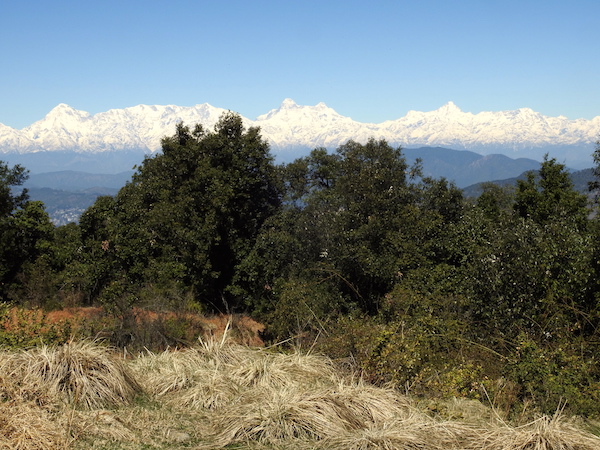
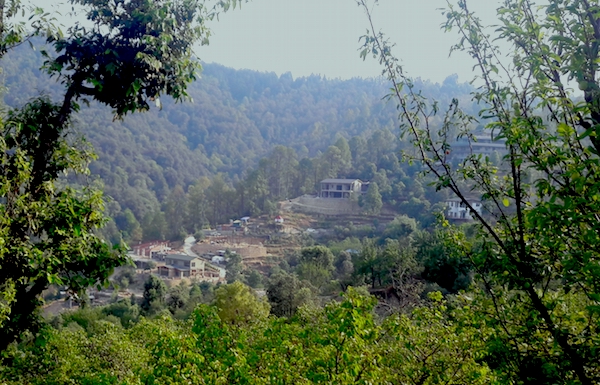
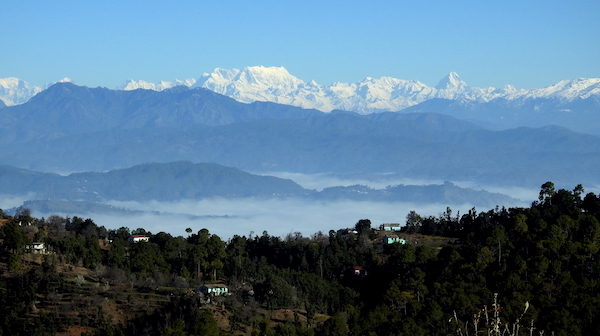
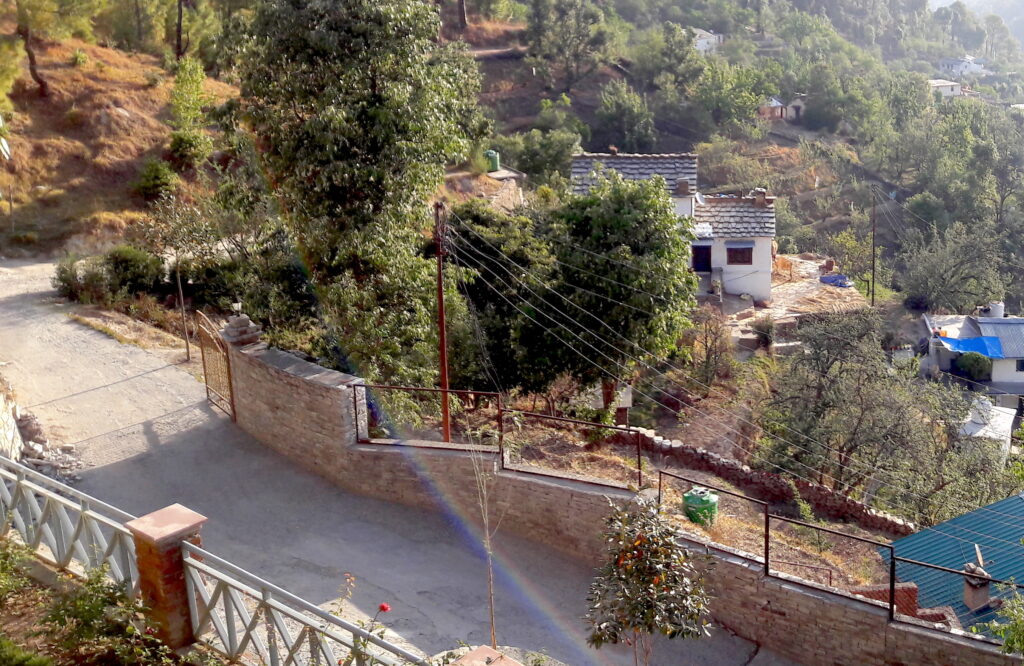
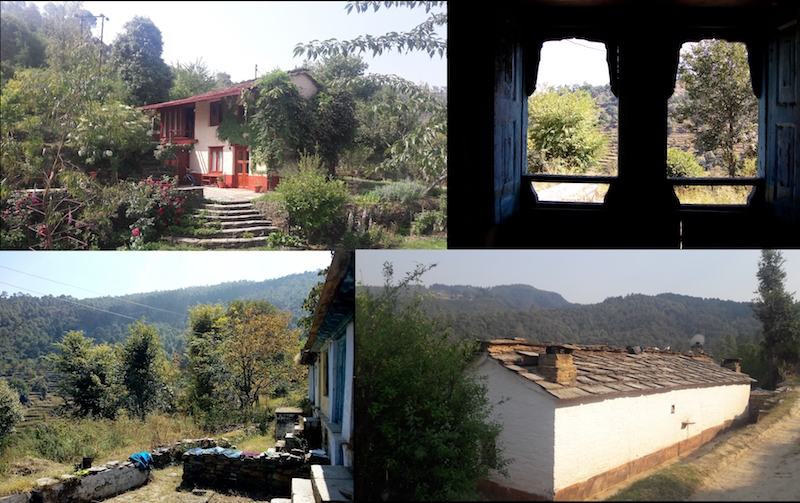
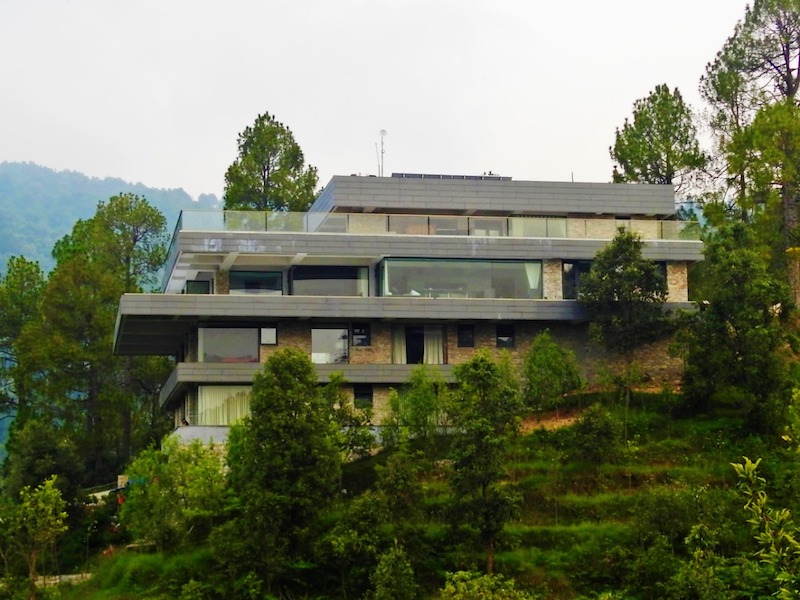
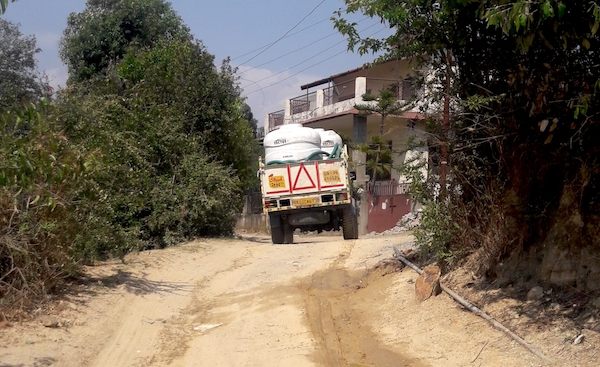
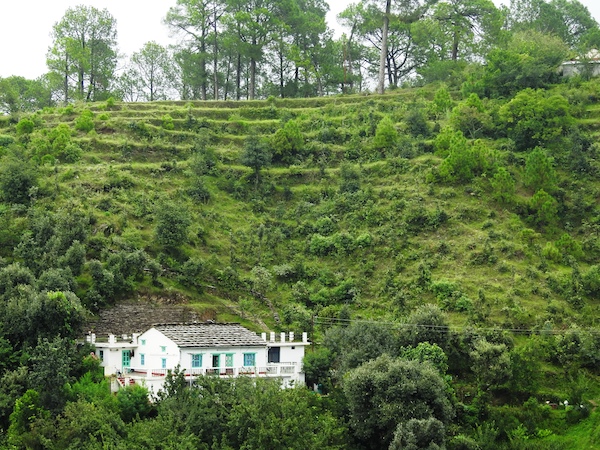
Hello, How can I please get in touch with the author?
Your message has been forwarded to the author
Hi AD, how can I help you?
Try as we may, every institution is working to reinforce these ills even more every day. But I am hopeful, just like you. That maybe one day, a long lasting conversation will begin and we will work to preserve what we have left. The awe inspiring beauty of the North. I only hope that the conversation begins before its too late.
Wise words but will the authorities become wiser? Commercialization has a price and part of it can be monetized and recovered but a part of it cannot. There in lies the rub. Regulatory authorities have a key role which they have abdicated. Water, forest, wildlife etc. has a primacy which should never be bargained. The local inhabitants have to organize themselves in an unequal battle.